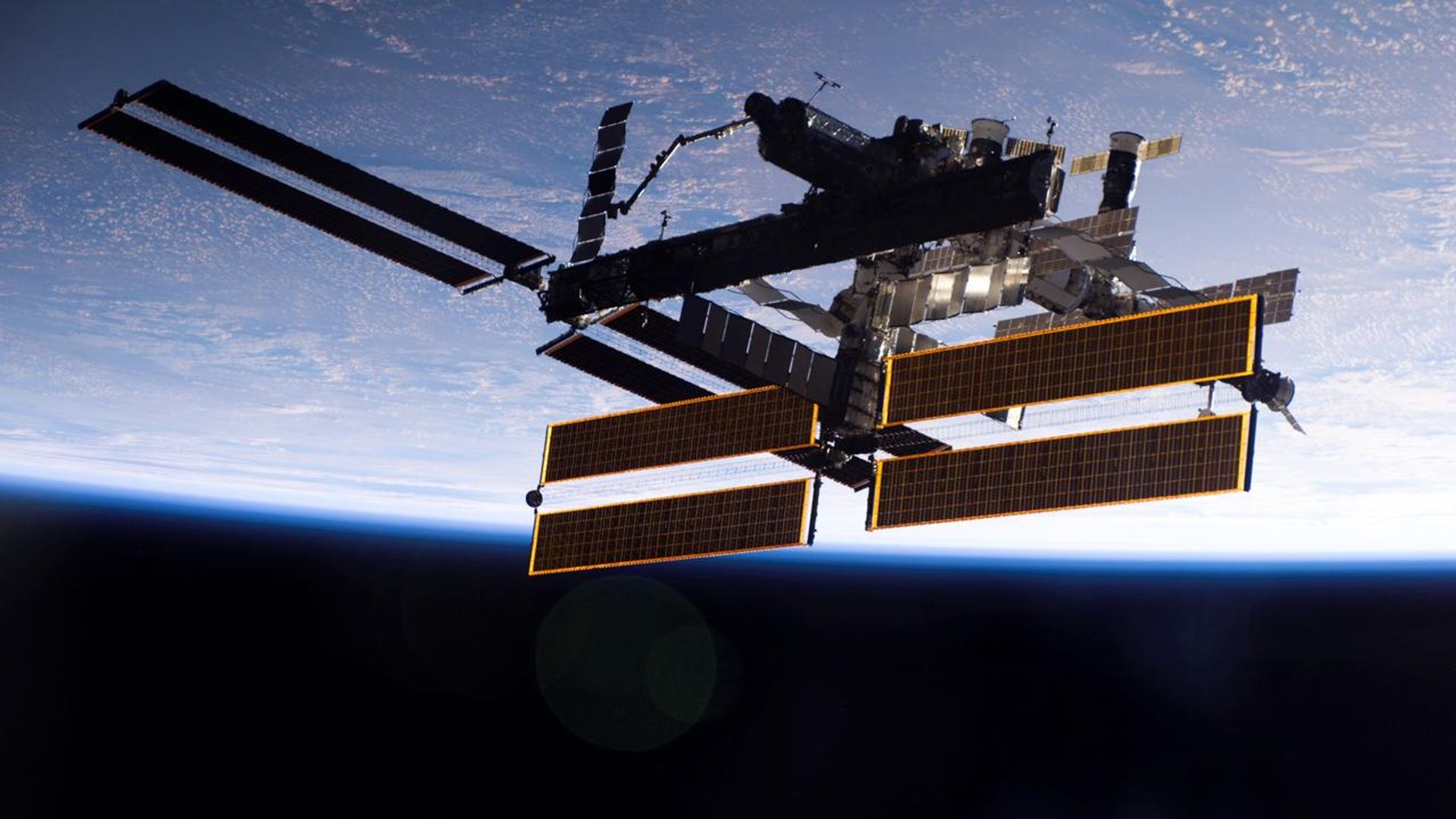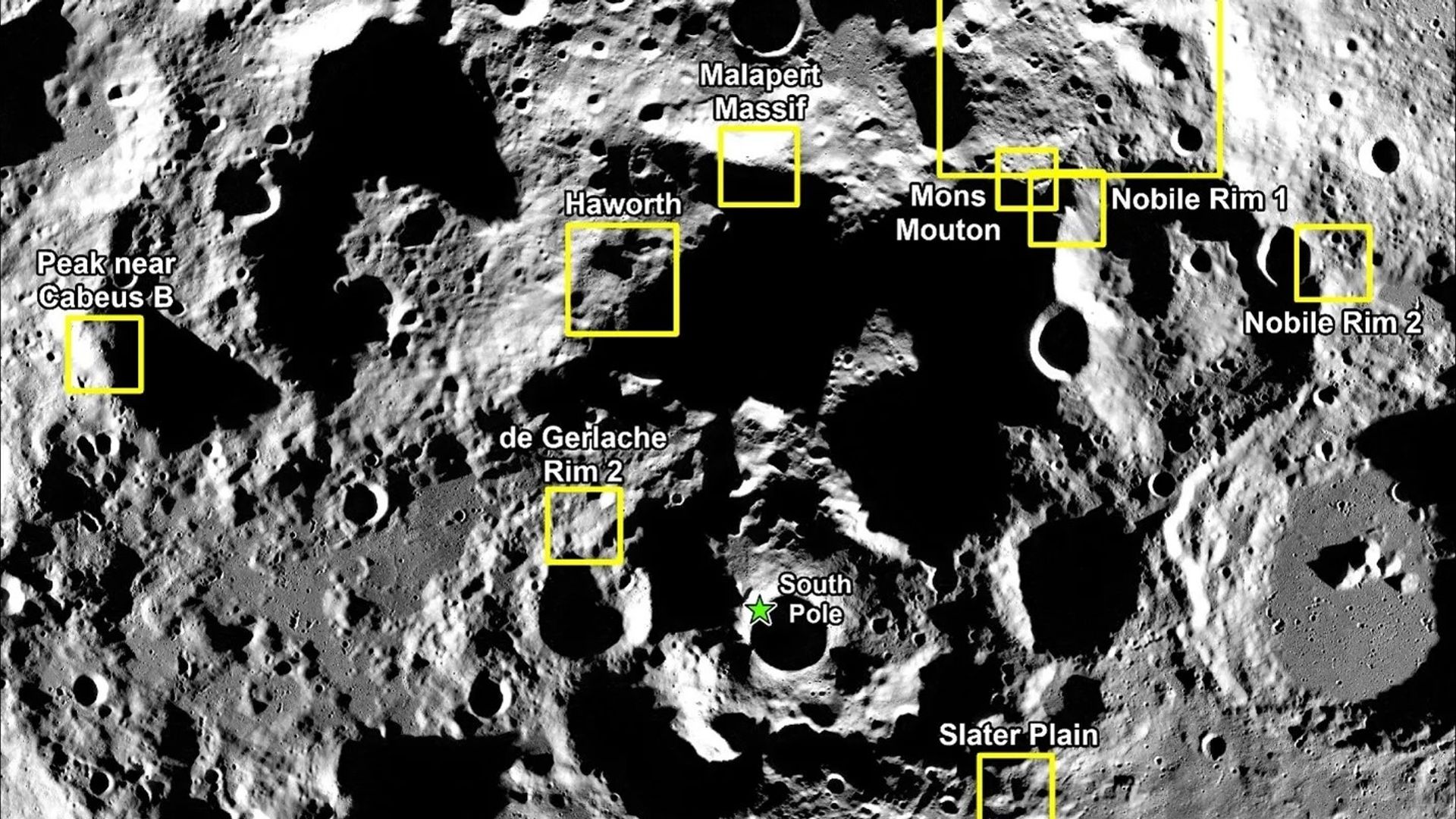It sounds like the plot of a sci-fi film: two astronauts are stranded in space and won’t be coming back for another six months.
Sunita “Suni” Williams and Commander Barry “Butch” Wilmore arrived at the International Space Station (ISS) in June as the first crew to test Boeing’s new Starliner, which suffered helium leaks and thruster failures before it docked – raising questions over how safe it is for the return flight.
Boeing has insisted the astronauts are not stuck and said “there’s no increased risk” in bringing them back in the Starliner, but NASA has opted to bring them back on a SpaceX flight in February 2025 instead.
They should have only been in space for eight days, but they’ve now been there for nearly three months.
But do they have enough supplies for another six months, how are they coping mentally and what is day-to-day life like at the ISS?
Size and facilities
The ISS is 356ft (109m) end-to-end, one yard shy of the full length of an American football field including the end zones.
The living and work space, NASA says, is larger than a six-bedroom house, and has six sleeping quarters, two bathrooms, a gym, and a 360-degree view bay window.
As you’ll see later, it’s not quite as luxurious as it sounds.
Ms Williams and Mr Wilmore aren’t alone; they’re sharing the facilities with seven other astronauts from other missions; four of them fellow Americans and three of them Russians.
Is there enough food, water and oxygen?
Yes, there are reserve supplies up there to keep astronauts going for plenty of time.
The space station has its own oxygen-generating systems, and about 50% of oxygen exhaled from carbon dioxide is recovered.
As for water, the station has a urine-into-drinking-water recycling system, and a part of that system also captures moisture released into the cabin air from the crew’s breath and sweat.
Food supplies are a bit fancier. Meals are created at NASA’s Space Food Systems Laboratory in Houston, where chefs focus on making food appetising as well as nutritious.
Much of it is dehydrated, meaning it has to be filled up with water before being consumed, while some is ready-made and just needs to be heated.
There’s meat (barbecued beef brisket is one example of a meal on offer), eggs, vegetables, bread, savoury snacks and sweet treats in the station’s kitchen.
Crew members are also allowed to request some of their own personal favourites from off the shelves.
In a video on NASA’s YouTube channel, Ms Williams revealed her favourite commodity was Nutter Butter spread – and showed off a jar her family had sent up for her.
When were supplies last sent?
The spacecraft regularly receives more supplies from Earth, with the last one arriving on 6 August.
Launched on a rocket from Kazakhstan on 30 May, the supplies included about three tonnes of food, fuel and other supplies for Ms Williams, Mr Wilmore and the seven other crew members on board.
The crew can essentially place their orders for what they want to come on these crafts by speaking to Mission Control ahead of launches.
That was good news for Mr Wilmore and Ms Williams, who were forced to ditch their personal suitcases before taking off in June to make room for extra equipment, meaning they’ve had to wear spare clothes that were already at the ISS upon arrival.
Their own clothes finally arrived with the 6 August supplies, and more supplies are set to be sent up in a few months.
Once supply ships are emptied at the ISS, the crew fill them with their rubbish before sending them back to Earth.
How do you use a toilet without gravity?
There are some things space-based movies just don’t cover – but Ms Williams got into the grittier details of space life on NASA’s YouTube channel.
In the video filmed in 2012, Ms Williams showed off the toilet, which somewhat resembles one you might see on an aeroplane.
Read more:
Army barracks to house deep space radar to help protect the UK
How blasting ‘glitter’ into Mars’ atmosphere could make it more habitable
The difference is there are two separate tubes to go in – one for urine and one for poo. The urine one, which is coloured yellow, is attached to the wall and almost looks like a vacuum cleaner – and fittingly it has a suction function to prevent gravity from causing a mess.
The tube for poo looks like more of a typical toilet, with a seat too – though you have to hold on to a handle on the wall next to it to avoid floating away as you go.
On the bright side, there’s about half-a-dozen types of toilet paper stuffed into bags on the toilet walls, including wet wipes and disinfectant wipes in case “things don’t go correctly,” as Ms Williams puts it.
Astronauts are also each given toiletry kits that come with things like a toothbrush and toothpaste (which you have to either swallow or spit into a tissue) and a hairbrush – which Ms Williams says is pointless in space because gravity constantly keeps your hair upright.
What about sleeping arrangements?
Remarkably you can sleep on the floor, on the wall or on the ceiling.
That’s because without gravity, the crew never feel like they are lying down. It makes no difference whether they are on the floor, standing up or upside down – it all feels the same.
So the ISS has sleeping stations about the size of phone booths that the crew get into, which consist of a sleeping bag and a pillow on the floor, wall and ceiling.
Leisure time
When they aren’t running space experiments, the crew can enjoy their view of Earth from the station’s observatory deck, or head to the Advanced Resistive Exercise Device (ARED) in the Tranquillity node – a fancy term for gym equipment.
The ARED offers traditional upper and lower-body exercises, such as squats, dead lift, heel raises, bicep curls and bench press by using vacuum cylinders to replicate weights in gyms.
The crew is encouraged to use it throughout their space stays, as muscle and bone loss is common on long missions.
How are the pair feeling?
They are both retired navy captains and longtime NASA astronauts who already have long space station missions behind them.
Mr Wilmore, 61, and Ms Williams, 58, said going into this test flight that they expected to learn a lot about Starliner and how it operates.
At their only news conference from space in July, they assured reporters they were keeping busy, helping with repairs and research, and expressed confidence in all the Starliner testing going on behind the scenes.
“I have a real good feeling in my heart that the spacecraft will bring us home, no problem,” Ms Williams told reporters.
“That mantra you’ve heard, ‘Failure is not an option,’ that’s why we are staying here now,” Mr Wilmore said.
“We trust that the tests that we’re doing are the ones we need to do to get the right answers, to give us the data that we need to come back.”
Mr Wilmore’s wife Deanna told AP in early August that he is “content” at the space station, “neither worrying nor fretting”.
She said Mr Widmore, who is a longtime elder at a church in Texas, has faith God is in control, and that this gives his family “great peace”.
In its latest update, NASA said Ms Williams and Mr Wilmore both supported the plan to come back in a SpaceX craft “fully”.
What’s happening now?
Starliner will now return to Earth unmanned, while the two astronauts are set to return in February on a
SpaceX Crew Dragon spacecraft which is due to launch next month as part of a routine astronaut rotation mission.
In a recent press conference, NASA administrator Bill Nelson said returning on the Starliner craft would be too dangerous.
“Spaceflight is risky,” he said. “Even at its safest, and even at its most routine. A test flight by nature is neither safe nor routine.”
Associate administrator Jim Free then added: “The uncertainty in our [technological] margins is what drove our decision.”
Many of Starliner’s thrusters in the propulsion system overheated when fired and leaks of helium, used to pressurise the thrusters, appear to be connected to how frequently they are used, NASA’s commercial crew manager Steve Stich previously explained.
Speaking at the most recent press conference, Mr Stitch explained: “The bottom line relative to bringing Starliner back is there was just too much uncertainty in the prediction of the thrusters.
“If we had a model – if we had a way to accurately predict what the thrusters would do for the undock and all the way through the deorbit burn and through the separation sequence, I think we would have taken a different course of action.
“But when we looked at the data and looked at the potential for thruster failures with a crew on board, and then getting into this very tight sequence of finishing the deorbit burn, which puts the vehicle on an entry, and then immediately manoeuvring from that into a step sequence to separate the service module and crew module, it was just too much risk for the crew.“
Be the first to get Breaking News
Install the Sky News app for free
Will this be the longest anyone has spent in space?
No – Russian Valeri Polyakov set that record in the mid-1990s, spending 437 days off Earth.
And last year NASA astronaut Frank Rubio came back from a 371-day trip alongside Russian astronauts Sergey Prokopyev and Dmitri Petelin, breaking the record for the longest amount of time spent in space by an American.
That trip, much like this one, was prolonged by technical difficulties, and was only meant to take six months.






